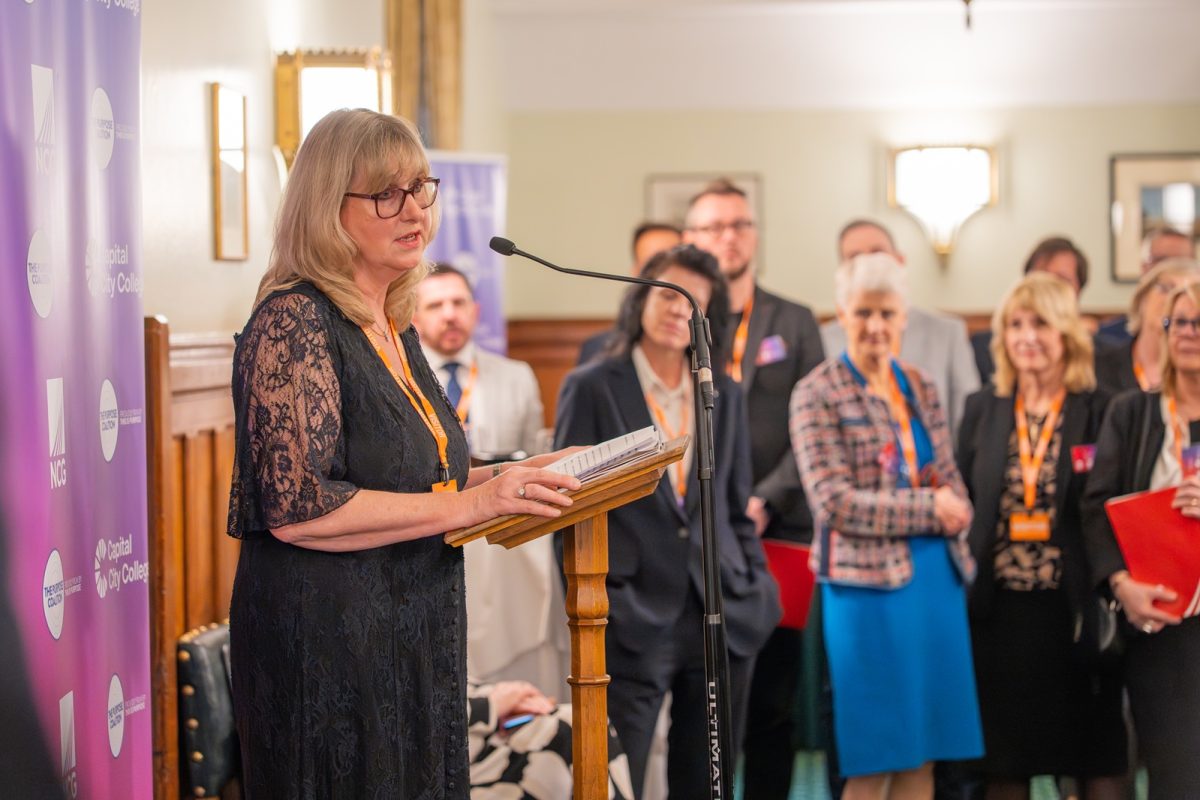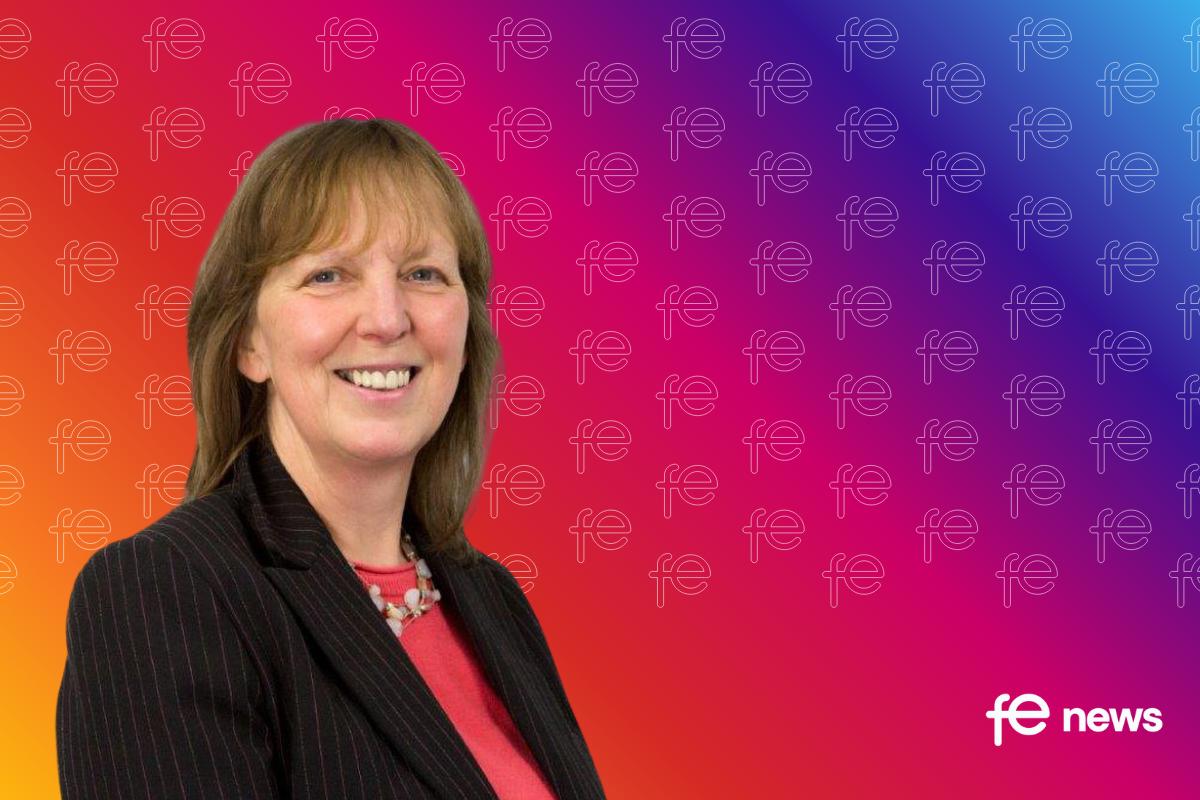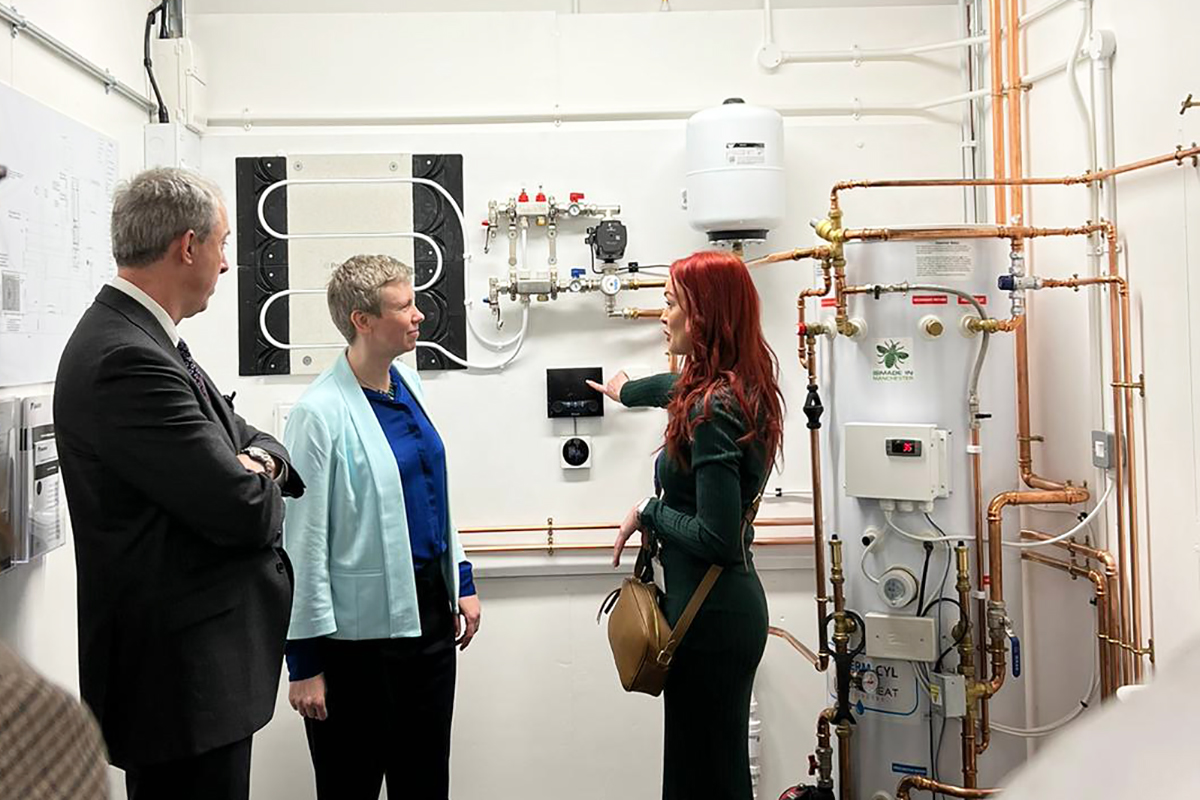16 to 19 funding for Advanced Maths Premium

The advanced maths premium is funding for additional students studying specified level 3 maths qualifications.
This guide has been updated today (4 Jul) covering:
- clarification on the qualifying period for students covered by the premium
- clarification on the funding rate of qualifications of ne235 guided learning hours or above studied over 1 year
- detail of how the baseline will be calculated for new providers
Summary
The advanced maths premium is funding for additional students studying specified level 3 maths qualifications. It is paid at a rate of £600 per year per additional student for one or 2 years, depending on the type and size of qualification studied.
The premium will first be paid automatically in 16 to 19 funding allocations for the academic year 2019 to 2020. For this payment, the number of additional students will be measured between the average of academic years 2015 to 2016 and 2016 to 2017 and academic year 2018 to 2019.
Purpose
The purpose of this guidance is to set out the conditions under which the Education and Skills Funding Agency (ESFA) will pay an advanced maths premium and to explain how it will be calculated.
Introduction
Sir Adrian Smith’s review of post 16 mathematics confirmed the strong case for raising participation in advanced post-16 maths. We are therefore introducing an advanced maths premium to deliver additional funding to providers from academic year 2019 to 2020 to academic year 2021 to 2022. This will support schools, colleges and other providers in tackling the barriers that they themselves had identified and will enable them to build capacity further in the short to medium term.
This additional funding will increase opportunity and choice for more students to take maths at A or AS level, potentially with further maths alongside. Additionally, many more, who do not choose A level maths, will be able to study core maths, including those who wish to go on to study non- mathematical degrees that still require good quantitative skills.
Good mathematical and quantitative skills are necessary elements of everyday life and are increasingly required in more and more occupations, as the pace of technological innovation increases. They are also necessary in many higher education courses, extending beyond the mathematical and physical sciences to the social sciences, the humanities and the creative arts.
Increased participation in level 3 maths would be likely to deliver longer-term economic benefits, including increased productivity and improved international competitiveness.
We know schools, colleges and other providers have already done much to increase maths take-up through building capacity to teach the subject and promoting the value of maths to students. Whilst take-up has grown, we need to do more, especially for girls, disadvantaged pupils and those in areas of low participation, helping to boost social mobility. Although the premium is not specifically targeted at these groups, a universal programme to increase participation will help tackle the barriers some students can face – including opportunity and choice.
The advanced maths premium demonstrates the commitment we have made to, and the importance we place on, supporting greater participation in maths post-16.
Definition of the advanced maths premium
The purpose of the premium is to support the sector to grow the number of students studying high quality maths qualifications to level 3. The funds can be used to provide whatever support a provider deems necessary to do this.
The premium will provide additional funding of £600 per year for each additional student taking a level 3 maths qualification in comparison to a baseline.
The amount of the premium is dependent on the guided learning hours of the qualification studied. Qualifications of 235 guided learning hours or more will be paid for 2 years as long as the student is present for the second year of study. Qualifications under 235 guided learning hours will be paid for one year.
If an additional student is studying both a maths A or AS Level and a further maths qualification in the same academic year, that student will be funded twice in the same year. This is to encourage the take up of further maths.
Students covered by the advanced maths premium
Students eligible for ESFA 16 to 19 Study Programme funding, both full and part time, can attract the premium.
In addition to general eligibility students will need to have prior attainment equivalent to GCSE grade 9 to 4 or A* to C in maths to be eligible for this premium. The student must also pass a qualifying period of either 6 weeks for a qualification with a planned length of 24 weeks or more or 2 weeks for a qualification with a planned length of less than 24 weeks. This is aligned with the definitions used for the condition of funding. Please see GOV.UK for more details and equivalent qualifications.
Qualifications covered by the advanced maths premium
Level 3 maths qualifications listed in the Level 3 maths attainment measure in the 2018 to 2019 accountability measure guide will attract the premium. The current can be found at Annex J in the 2017 to 2018 accountability measure guide. It has recently been updated to include A and AS level statistics. It should be noted that as this list is updated the requirements of the premium will also be updated to follow the updated list. It is essential providers ensure the qualifications they are delivering are those listed in Annex J for the relevant academic year. Maths qualification not included in Annex J are not eligible for the premium.
Providers covered by the advanced maths premium
All schools, colleges and other providers receiving a 16 to 19 Study Programme allocation from the ESFA and delivering level 3 maths qualifications, as detailed in the Level 3 maths attainment measure in the accountability measure guide 2018 to 2019, will be eligible for the premium. The current list can be found at Annex J in the 2017 to 2018 accountability measure guide. The exception to this is maths schools which are already required to enter all of their students for maths and further maths A level courses.
Advanced maths premium – funding rate
The premium is paid at a rate of £600 per year per additional student for one or 2 years, depending on the size of qualification studied. This is determined by the qualification’s guided learning hours band detailed in Section 1 of the Performance Points Guide. If the guided learning hours are in band A to D (under 235 hours) the premium is paid for one year. If the guided learning hours are in band E to P (235 hours or above) the premium may be paid for 2 years provided the student is still in learning in the second year of study. If a qualification in band E to P (235 hours or above) is studied over one year, the premium will be paid for one year. The band is determined by the qualification’s number of recommended guided learning hours as stated in the Ofqual Register of Regulated Qualifications.
For example, an additional student studying A level maths is funded at the rate of £600 per year for 2 years (attracting a total of £1,200). An additional student studying core maths is funded at the rate of £600 for one year only. The number of years a qualification may attract the premium for is listed at Annex A. This is taken from the current Level 3 maths attainment measure in the accountability measure guide 2017 to 2018. Providers should check the accountability measure every year to see if there have been any changes to which qualifications will attract funding from the advanced maths premium.
How the premium is calculated
Step 1 – Calculate the baseline
To establish a baseline on which increases in level 3 maths take-up will be calculated, we will establish the number of students per school, college and other provider studying an eligible level 3 maths qualification in academic years 2015 to 2016 and 2016 to 2017 and create an average of the two years. This will smooth any differences between the 2 years and enable as fair a calculation as possible.
To do this we will use the full year ILR (R14) and October census data from those years. We intend to measure against this baseline for the term of the premium. The qualifications we will count in the baseline will be those included in the Level 3 maths attainment measure in the accountability measure guide between academic years 2015 to 2016 and 2016 to 2017 plus A and AS level statistics qualifications.
Step 2 – Identify the number of students studying level 3 maths in 2018 to 2019 academic year
We will then establish the number of students studying an eligible level 3 maths qualification in academic year 2018 to 2019 using the autumn ILR (R04) and October census data for that year. For those qualifications that attract the premium for only 1 year, students will only count if they are in their first year on the qualification whereas for those qualifications that attract the premium for 2 years, we will also count the number of students still studying those qualifications in the second year.
Step 3 – Compare 2018 to 2019 eligible students to the baseline
We will then calculate if there is an increase in the number of students for each type of eligible qualification separately.
Step 4 – Netting off and allocations
We will then net off the increases against any decreases and if there is a net increase, additional funding will be allocated at the rate of £600 for each additional student. This will then be included in funding allocations for academic year 2019 to 2020. For example:
- a provider has 30 students studying A level maths, 10 students studying core maths and 5 students studying AS level statistics in the baseline
- in academic year 2018 to 2019, they have 25 students studying A level maths, 15 students studying core maths and 10 students studying AS level statistics
- the number of students studying AS level statistics has increased by 5, the number of students studying A level maths has decreased by 5 and the number of students studying core maths has also increased by 5
- in this scenario, 5 students would attract the premium in 2019 to 2020 as the decrease has been netted off against the increase. Further examples can be found at Annex C.
If there are fewer students overall studying level 3 maths qualifications in academic year 2018 to 2019 there is no reduction in funding.
Academic years 2019 to 2020 and 2020 to 2021
Each year we will review the operation of the premium and may change it depending on usage, experience and costs. We anticipate that the baseline will remain the same throughout the 3 years.
New Providers
For any new school, college or other provider with the exception of maths schools, including those that do not have student numbers in academic years 2015 to 2016 and 2016 to 2017, the national average of students studying qualifications that attract the premium for their type of provider will be used to determine the baseline.
For example, if the national average proportion of 16 to 18 funded students studying level 3 maths in academies and schools is 32% and the proportion of 16 to 18 funded students studying level 3 maths in a new academy is 50%, the new academy will receive funding for 18% of its student cohort. If there were 200 students in the cohort, they would receive additional funding for 36 of them. Further detail is shown in the table below. When a new provider stops being measured against the baseline of the national average proportion of students and we start to use their own data is not yet decided and will be reviewed at a later date.
| New provider example | ||||
|---|---|---|---|---|
| Average baseline for academies and schools | 32% | 32% | 32% | 32% |
| Year 1 | Year 2 | Year 3 | Year 4 | |
| Baseline number (35% of total student numbers) | 64 | 96 | 112 | 128 |
| Number of students studying qualifying level 3 maths | 100 | 165 | 210 | 248 |
| Proportion of students studying qualifying level 3 maths | 50% | 55% | 60% | 62% |
| Total student cohort number | 200 | 300 | 350 | 400 |
| Number receiving premium | 36 | 69 | 98 | 120 |
The provisional national average proportion of 16 to 18 funded students studying level 3 maths for each provider type:
| Provider Type | National Average Baseline |
|---|---|
| Academies and schools | 32% |
| Free School | 39% |
| General FE and Tertiary | 3% |
| Sixth Form College | 24% |
| Studio School | 19% |
| University Technical College | 45% |
Monitoring
Attaching a premium to a particular subject area is a new approach and one that will need to be monitored carefully to ensure that the quality of maths provision is as high as students deserve. Our netting off process will ensure only genuine increases in level 3 maths participation attracts the premium and we will monitor behaviour at provider level to indicate adverse behaviour and may follow up where data gives us cause for concern.
Funding guidance
Further information will be found in the funding regulations and the rates and formula funding guidance for 2019 to 2020 which will be published in 2019.











Responses